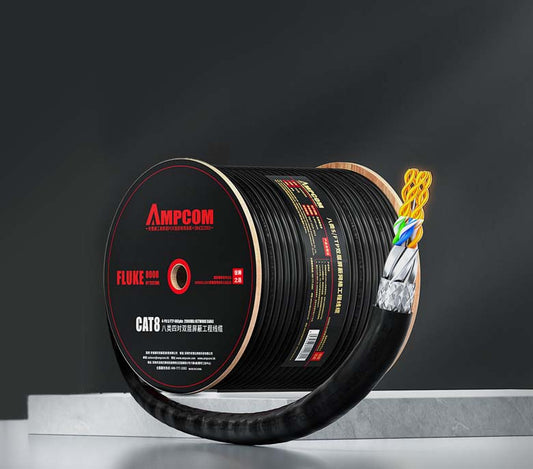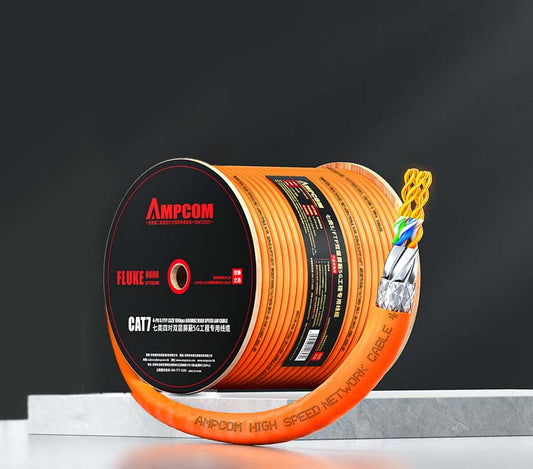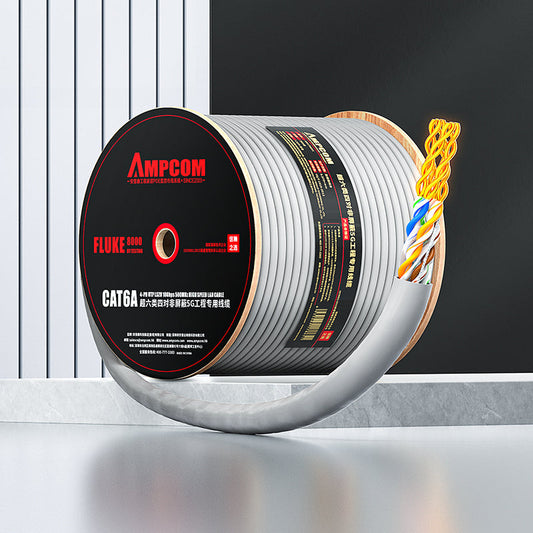What Are the Common Problems in Fiber Optic Installation and How to Avoid Them?
Fiber optic networks have become the backbone of modern communication, but anyone who has spent time in the field knows that installing fiber is not just about pulling cables and plugging connectors. It’s a precision job where even tiny mistakes can snowball into major headaches later. Engineers often joke that fiber is both incredibly tough and ridiculously fragile—it can transmit terabits across continents, yet a speck of dust on the connector can bring down a critical link. That paradox is exactly why installation quality matters so much, especially for enterprises that rely on stable connections to keep production lines, offices, and data flows running without interruption.
One of the most common issues is contamination at the connector endface. Dust, oil, or residue invisible to the naked eye can cause reflections and insertion loss that degrade performance. Unlike copper, fiber is extremely sensitive to cleanliness, which is why proper inspection and cleaning are non-negotiable steps. A careless installer who skips this process can leave a network with unpredictable failures that only show up under load. That’s where investing in high-quality patch cords makes a real difference—they arrive with better polishing, protection caps, and lower insertion loss, reducing the margin for error during deployment.
When discussing installation mistakes, endface contamination deserves special attention because it most often creeps in during the job itself. A connector cap removed too early, a cord handled without proper cleaning, or a rushed plug-in can all introduce microscopic dust or oil that compromises the link from day one. According to AFL’s Data Center Cleaning and Inspection Best Practices, around 85% of network failures can be traced back to dirty connectors. This makes it clear that contamination isn’t just a pre-installation concern—it becomes an installation problem when technicians skip proper inspection and cleaning before mating connectors. The International Electrotechnical Commission underscores this in IEC 61300-3-35: “It’s crucial to inspect, clean, and reinspect fiber end faces before mating connectors.” In practice, every connector should follow the simple cycle: inspect → clean → reinspect.
Another challenge is bending and routing. In theory, fiber is just glass, and while it can bend to a point, exceed the minimum bend radius and the signal begins to leak out. On factory floors or in tight racks, it’s tempting to coil cables too sharply or squeeze them behind equipment, but this often leads to intermittent errors that are difficult to troubleshoot. Good installers know that smart cable management isn’t about aesthetics—it’s about preserving optical integrity and making sure the physical layer doesn’t become a silent weak spot. Using rack mount enclosures with proper strain relief goes a long way in ensuring that fibers stay within safe limits and can be serviced without risking breakage.
Then comes termination and splicing, which are both art and science. Poorly cleaved fibers, bad fusion splices, or connectors that aren’t seated properly can create microscopic gaps that scatter light. These don’t always show up immediately but may worsen over time as the network scales or as environmental stress takes its toll. That’s why engineers emphasize not just equipment quality but also installer training—because the best hardware still needs skilled hands to unlock its full performance. Enterprises planning rollouts should consider that while cutting corners may save cost upfront, it usually comes back as downtime or expensive rework later.
At the end of the day, fiber optic installation problems rarely come from dramatic failures—they come from small oversights that accumulate into larger disruptions. A dirty connector, an over-bent patch cord, or a poorly managed splice tray can all be the difference between seamless communication and hours of downtime. For decision-makers, the lesson is clear: reliability isn’t luck, it’s engineered. By choosing the right components, enforcing best practices like inspect → clean → reinspect, and pairing experienced technicians with proven fiber management solutions, organizations can avoid the most common pitfalls and build networks that perform not just on day one, but for years to come.



